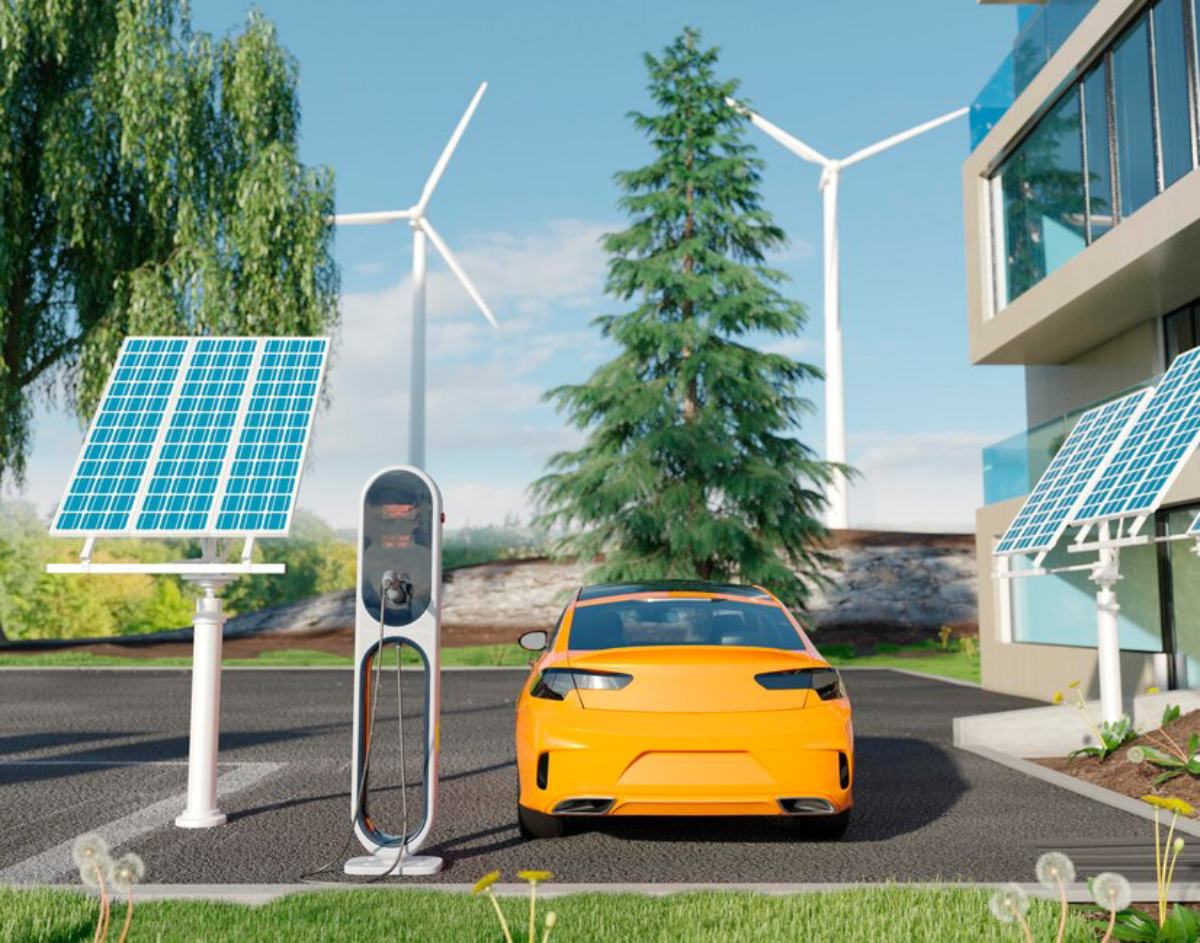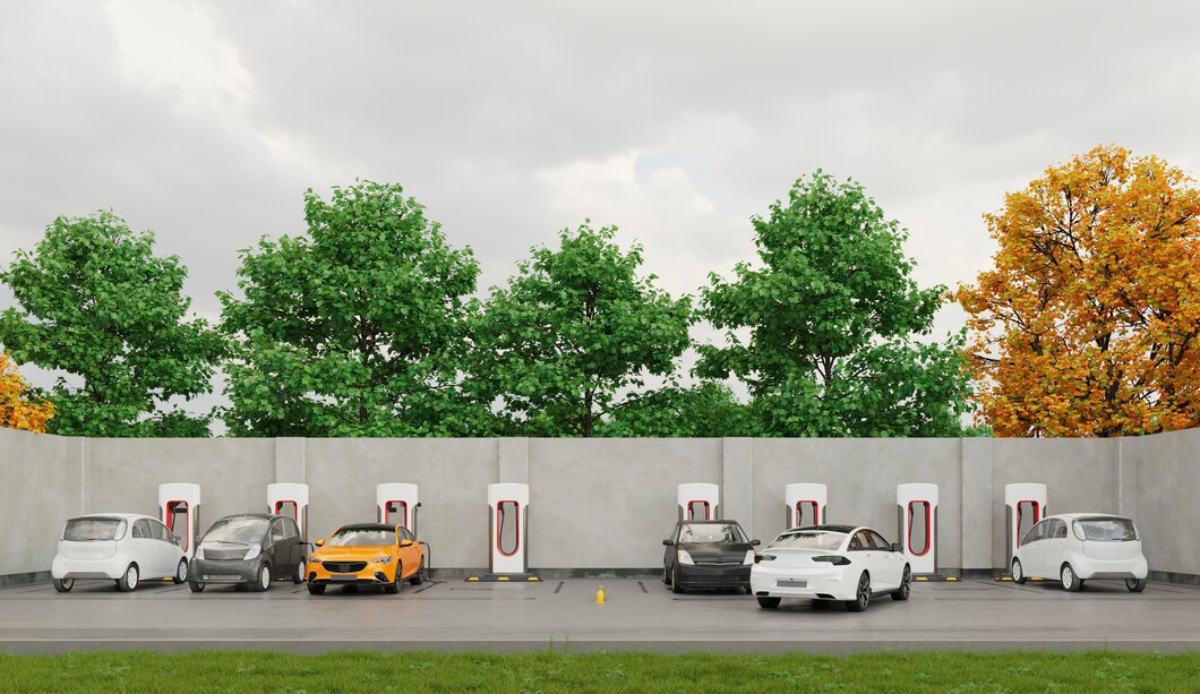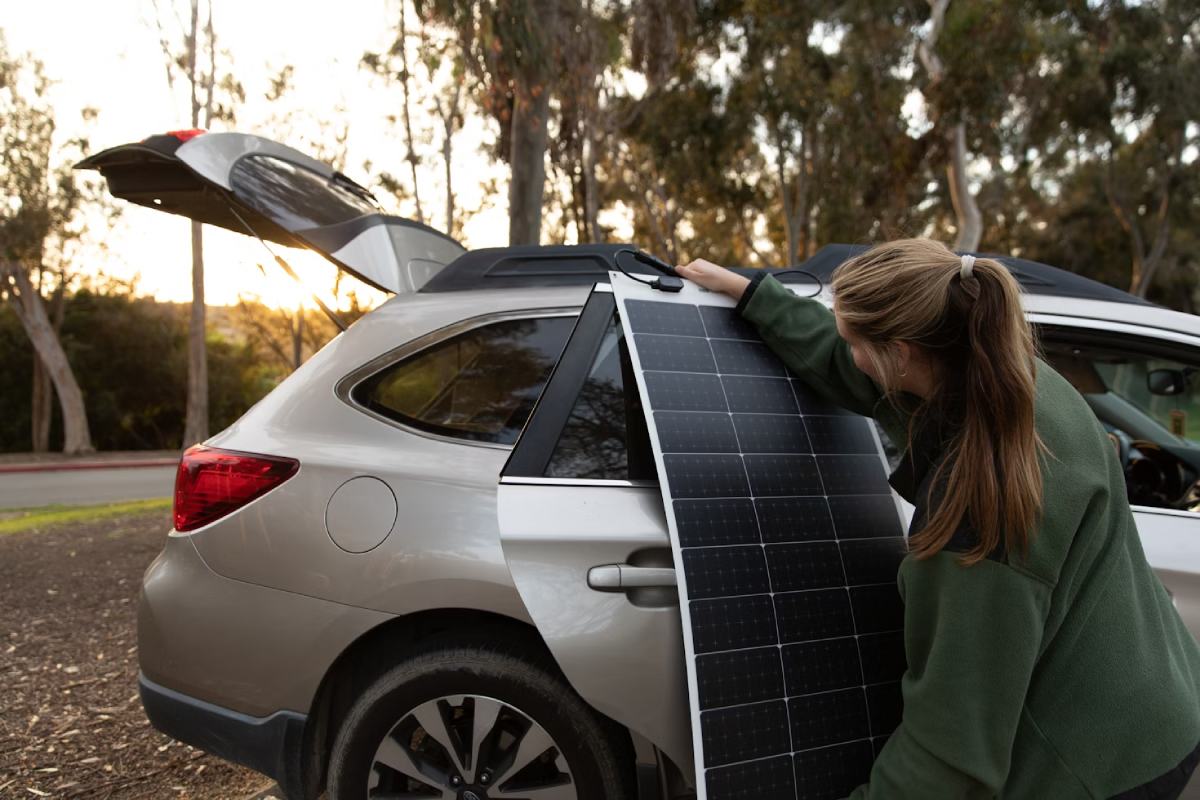
Solar-Powered Cars: Are They the Future of Green Driving?
As the world looks at its environmental footprint, the demand for greener transport options only increases. With these innovations, solar-powered cars are one of the most promising solutions. Electric vehicles (EVs) already make a difference, but solar cars are even more sustainable because they harness the sun’s energy.
Here, we examine how solar-powered vehicles operate and what solar car technologies exist today to see if they can lead the way in eco-friendly driving. From advancements in photovoltaic efficiency to real-world uses and challenges, we’ll cover everything you need to know about this emerging technology.
The Science Behind Solar-Powered Cars
How Do Solar Cars Work?
Solar-powered cars use photovoltaic (PV) cells, usually on the roof or bonnet, to convert sunlight into electricity. This energy can be stored in a battery or used immediately to power the vehicle’s electric motor.
Key Components of a Solar Car:
- Photovoltaic panels: Capture sunlight and convert it into electrical energy.
- Battery storage system: Stores excess energy when it’s not sunny.
- Electric motor: Powers the wheels using electricity.
- Power controller: Manages energy flow for efficiency and battery protection.
Efficiency Challenges
While solar energy sounds excellent, it isn’t as energy-rich as fossil fuels or traditional electricity. Solar panels average 15-22% efficiency, meaning they capture a limited amount of energy per square meter.
To offset this, solar cars often use lightweight materials and aerodynamic designs. This can lead to compromises, especially when balancing performance and practicality.
The Current Landscape of Solar Vehicles
Early Innovations and Prototypes
Solar cars have existed since the late 20th century, mainly as experimental projects. Universities, like those in the World Solar Challenge in Australia, created vehicles to test the limits of solar technology.
These early models were:
- Ultra-lightweight
- Built for efficiency, not comfort
- Usually, single-seat vehicles with limited real-world use
Commercial Models on the Horizon
Recently, companies have taken solar technology seriously and aim to bring solar-enhanced cars to consumers. Notable examples include:
- Lightyear 0 (Netherlands): A solar-electric hybrid with panels that add up to 43 miles of range daily.
- Sono Motors Sion (Germany): Features integrated solar panels for extra daily mileage.
- Aptera (USA): A three-wheeled solar EV claiming up to 1,000 miles of range with solar charging.
Integration with Electric Vehicles
Many automakers are adding solar panels to supplement EVs instead of relying only on solar energy. Examples include:
- Hyundai Sonata Hybrid: A solar roof adds a few miles of range daily.
- Toyota Prius Prime (Japan version): Offers an optional solar panel for extra charging.

Benefits of Solar-Powered Cars
1. Zero Emissions
Once made, a solar-powered car can run with no tailpipe emissions, lowering urban air pollution and carbon output.
2. Reduced Running Costs
Sunlight is free. Using less grid charging or fuel, owners of solar-enhanced cars can save significant costs over time.
3. Energy Independence
Solar vehicles support energy decentralisation, letting users avoid national grids and fossil fuel supply chains, especially in remote areas.
4. Renewable Energy Synergy
Solar cars fit nicely into a green energy ecosystem, especially with solar homes, battery walls, and intelligent grid systems.

Challenges and Limitations
1. Limited Energy Yield
A typical solar panel produces about 150–200 watts per square meter. A standard-sized car with 6 square meters of panel space means modest energy gains.
2. Weather Dependency
Performance relies heavily on sunlight. Cloudy, rainy, or winter conditions can significantly reduce solar efficiency.
3. Cost of Technology
High-efficiency solar panels and lightweight materials raise manufacturing costs. While prices may drop with scale, solar EVs remain pricey.
4. Space and Design Constraints
Car roofs and bonnets provide limited surface area. Covering a vehicle with enough PV panels to make a real difference remains a design challenge.

The Environmental Impact of Solar Vehicles
A True Life-Cycle Analysis
To assess solar cars’ eco-friendliness, we must consider their entire lifecycle, including:
- Energy and materials used to make solar panels
- Battery production and disposal
- Overall energy efficiency during use
A study by the International Energy Agency (IEA) shows that solar EVs can cut CO2 emissions by up to 90% over their lifetime when powered by renewable energy and produced responsibly.
Reducing Grid Dependency
By charging directly from sunlight, solar cars reduce stress on national power grids — an increasing concern as EVs become more popular.
Global Adoption and Infrastructure Readiness
Market Adoption by Region
- Europe: Enthusiastic about green innovation, with substantial government incentives for sustainable mobility.
- Asia: South Korea and Japan invest in solar mobility for urban areas.
- USA: Growing interest in solar mobility, especially in sunny states like California and Arizona.
Charging Infrastructure
Unlike traditional EVs, solar cars can charge themselves under ideal conditions. However, they still need conventional EV charging stations when sunlight is low, making compatibility and network expansion crucial.
Future Trends in Solar Automotive Technology
1. Improved Solar Panel Efficiency
Breakthroughs in multi-junction and perovskite solar cells may boost efficiency above 30% in the next decade.
2. Integration with Smart Cities
Solar cars might connect with smart road infrastructure, adjusting routes or charging based on weather or grid loads.
3. Modular Panel Design
Advancements in flexible PV materials may allow curved and embedded panels to fit better into car designs.
4. Solar-Powered Fleets
Public transport and delivery services could benefit from integrated solar panels, especially for short-range and stop-start operations.
Inspiring Case Studies
Lightyear’s Journey from Concept to Production
Dutch company Lightyear launched its Lightyear 0 solar-electric vehicle in 2022. Its unique approach combined aerodynamics with advanced solar cells, providing up to 70 km/day of solar-powered range in ideal conditions. Despite challenges, the project has inspired similar ventures across Europe.
Aptera’s Crowdfunded Innovation
Aptera Motors has raised millions through crowdfunding to create a solar EV with futuristic looks and excellent energy efficiency. Their prototype can reach up to 1,000 miles on a single charge, mainly from solar.
Key Considerations for Consumers
When thinking about a solar-powered car, ask yourself:
- Do I live in a sunny area?
- Is most of my driving local or long-distance?
- Am I ready to try new technology?
- Do I have access to EV charging infrastructure?
The Road Ahead for Solar-Powered- Cars
Solar-powered cars are more than a pipe dream — they’re beginning to be a tangible piece of the sustainable transport puzzle. While challenges remain in cost, efficiency and infrastructure, recent advances are promising.
Expect more mainstream car makers to add solar features, particularly for boosting range and powering auxiliary systems, as solar technology improves and costs drop. Other cars, such as the latest electric vehicles from companies like Lightyear and Aptera, also inspire innovation in the area.
The future of solar-powered cars is bright. However, it has its challenges. For now, they work best as a supplemental solution — but with time and innovation, they might redefine automotive sustainability.
Are you excited about the future of solar-powered cars? Stay informed and explore emerging automotive technologies by subscribing to our newsletter. Join the shift to greener driving!


